
by Scott Bronstad | Feb 20, 2023 | How To, Video
How Automated Device Programmers Make Media Transfer Effortless
Automated device programmers are changing the way we work with semiconductor devices. These machines are versatile, efficient, and highly accurate, making them an essential tool in the manufacturing and maintenance of electronic devices.
One of the primary uses of automated device programmers is to program semiconductor devices such as microcontrollers and memory chips. The process of programming devices with automated device programmers is quick, accurate, and reliable, making it the preferred method for many manufacturers and technicians.
In addition to programming devices, automated device programmers can also be used for transferring devices between different media formats. In the manufacturing process of electronic devices, components are often supplied in tubes or trays and need to be transferred to tape media for use in the production line. Automated device programmers can perform this task quickly and efficiently, making the process seamless.
Similarly, in the maintenance of electronic devices, components may need to be transferred from tape media into trays for testing or repair. Automated device programmers can transfer components between different media formats with ease, ensuring accuracy and efficiency.
Automated device programmers are designed to be user-friendly, making them accessible to people with little technical knowledge. They are also highly reliable, detecting and correcting errors during the programming and transferring process.
In conclusion, automated device programmers have revolutionized the way we work with semiconductor devices. They are versatile machines that can be used for both programming and transferring devices between different media formats. Their accuracy, efficiency, and reliability make them essential tools in the semiconductor industry.
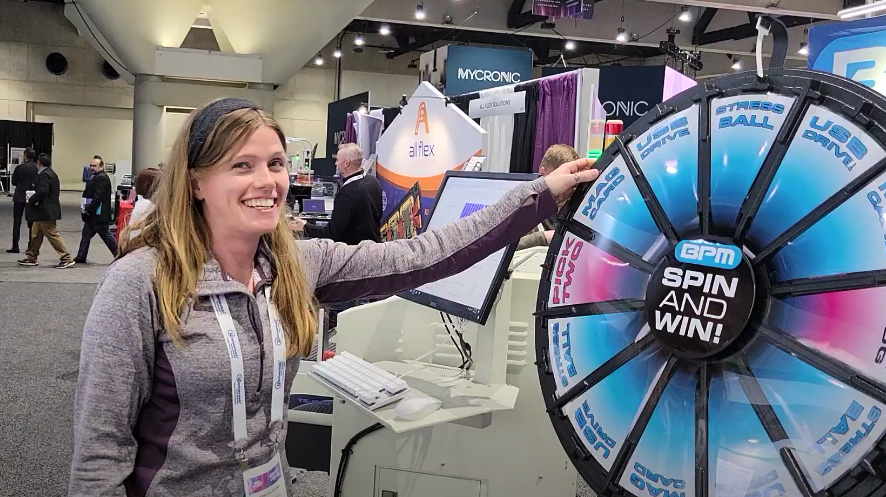
by Scott Bronstad | Jan 31, 2023 | Announcements, Events, Trade Shows
San Diego, CA – January 26, 2023 – BPM Microsystems, a leading provider of automated programming systems, has completed a fantastic week at the APEX Expo 2023 in San Diego. The company reports that the event was a great success, with several new leads and strong connections with existing customers.
“We had an amazing time at APEX Expo 2023,” says Penny Santhanam, Customer Care Director for BPM Microsystems. “We are thrilled with the visitors, customers, and machine demos we had, and we are already looking forward to next year’s event in Anaheim, California.” After many years in San Diego, APEX is moving to the Los Angeles area for the next few years.
The company also credits the success of the event to the expanded team at the booth, which allowed for more engaging and informative demonstrations of their latest offering, the BPM310 Automated Programming System. Additionally, the prize wheel helped to generate leads by giving attendees the opportunity to win a variety of prizes, including USB battery packs, 32 Gig USB Thumb Drives, stress balls, and more. Everyone had the chance to win the grand prize of a travel drone.
BPM Microsystems would like to thank all of the attendees who stopped by the booth and for their interest in their products. They look forward to the opportunity to continue working with new and existing customers to help them achieve their programming needs.
For more information on BPM Microsystems and the BPM310 Automated Programming System, please visit their website at www.bpmmicro.com/bpm310.

by Scott Bronstad | Jan 26, 2023 | Cybersecurity, How To, Technology
Cybersecurity is a critical concern to secure data for offline device programming, as it ensures the integrity and confidentiality of the programming process. Below are several ways to implement cybersecurity in device programming, with tips on what you should be doing today, including access control, encryption, software updates, risk assessment/management, audits, and education.
Access control
Implementing strict access controls can prevent unauthorized access to the programming equipment and software. This can include physical security measures to secure data, such as security cameras and access cards, as well as software-based security measures, such as password protection and multi-factor authentication.
- Use security cameras to monitor access to the programming equipment and software.
- Use access cards or biometric authentication to control access to the programming equipment and software.
- Implement software-based security measures, such as password protection and multi-factor authentication.
- Regularly review and update access controls to ensure they are still effective.
- If possible, remove outside access to networks and the internet. No access makes it almost impossible to hack.
- Deeper dive here
Secure Data with Encryption
 Encrypting the programming data and communication between the programming equipment and software can secure data against data breaches and unauthorized access to the programming data.
Encrypting the programming data and communication between the programming equipment and software can secure data against data breaches and unauthorized access to the programming data.
- Use strong encryption algorithms to protect the programming data.
- Implement key management to ensure that only authorized personnel have access to the encryption keys.
- Regularly review and update encryption methods to ensure they are still effective.
- 9 best encryption software programs for 2023
Secure software updates
Regularly updating the programming equipment and software is important for keeping them secure. However, it’s important to ensure that these updates are coming from a trusted source and are properly authenticated before installation.
- Ensure that updates are coming from a trusted source and are properly authenticated before installation.
- Keep track of software version and updates history.
- Verify the authenticity of software updates and the update process.
Risk assessment and management
Conducting regular risk assessments and implementing a risk management plan can help identify and mitigate potential vulnerabilities in the programming process.
- Implement a risk management plan to mitigate identified vulnerabilities.
- Evaluate the effectiveness of the risk management plan and update it as needed.
- Deeper dive here
Regular security audits
Regularly auditing the programming process and equipment can help identify and address any security weaknesses. Treat cyber threats as you would an ISO audit.
- Use both automated and manual testing methods.
- Use third-party security experts to conduct regular security audits.
- Keep records of security audits and implement recommendations.
Employee education and awareness
Educating employees about the importance of cybersecurity and how to properly handle and protect programming equipment and data can help prevent human error-based security breaches.
- Provide regular cybersecurity training to employees.
- Create and implement security guidelines and policies.
- Encourage employees to report any suspicious activities or security breaches.
- Run regular cybersecurity drills and simulations.
Implementing these security measures can help ensure the integrity and confidentiality of the offline semiconductor device programming process and protect against potential cyber threats. While this article focuses on offline programming, many of these principles apply to other types of device programming as well. In short, it’s important to regularly review and update these security measures to ensure they stay effective in protecting against evolving cyber threats.
Learn More

by Scott Bronstad | Jan 25, 2023 | Cybersecurity, Technology
As technology continues to advance and evolve, the use of semiconductor devices has become increasingly prevalent in a variety of industries, including telecommunications, computing, and even healthcare. While these devices offer numerous benefits and capabilities, their programming and use also raise important ethical considerations.
Potential for Abuse
One significant ethical consideration related to semiconductor device programming is the potential for abuse of the devices. For example, in the realm of computing, programming a semiconductor device to hack into a computer system or access sensitive information without permission is clearly unethical. Similarly, programming a semiconductor device to facilitate identity theft or other forms of fraud is also unethical.
Hacking and Cybersecurity
Another ethical consideration related to device programming is the potential for malicious actors to exploit vulnerabilities in these devices to cause harm. For example, if a semiconductor device used in a critical infrastructure system, such as a power grid or water treatment plant, is vulnerable to hacking, it could potentially be manipulated to cause widespread disruption or damage; or programming a device used in a medical device to malfunction or deliver incorrect treatment could have serious consequences for the patient. Similarly, programming a semiconductor device used in transportation systems (such as self-driving cars) to malfunction could lead to accidents and harm to both passengers and bystanders.
Additionally, programming errors or vulnerabilities in semiconductor devices used in personal devices, such as smartphones or laptops, could leave individuals vulnerable to cyber-attacks such as data breaches or theft of personal information. It is important for manufacturers, developers, and operators to ensure that these devices are properly secured and tested for vulnerabilities to minimize these risks, and to have a plan in place to mitigate the damage of a successful attack.
Bias
A third ethical consideration related to semiconductor device programming is the potential for discrimination or bias. For example, programming a semiconductor device used in hiring or promotion decisions to favor certain groups or individuals based on characteristics such as race or gender could be considered unethical. Similarly, programming a semiconductor device used in credit or loan decisions to unfairly disadvantage certain groups or individuals could also be considered unethical.
Skynet
Certainly, one ethical consideration related to semiconductor device programming, albeit perhaps more far-fetched, is the potential for the development of artificial intelligence (AI) systems that are capable of autonomous decision-making. This is similar to the concept of Skynet, a fictional AI system in the Terminator franchise that becomes self-aware and turns against humanity. As the capabilities of semiconductor devices and AI systems continue to advance, it is important to consider the potential consequences and ensure proper safety measures and regulations are in place to prevent negative outcomes.
In order to address these ethical considerations, it is important for those involved in semiconductor device programming to consider the potential consequences of their actions and to ensure that their programming is ethical and responsible. This may involve implementing safeguards and controls to prevent abuse or misuse of the devices, as well as regularly reviewing and evaluating the programming to ensure that it is not causing harm or discrimination.
Ultimately, the ethical considerations of device programming highlight the need for ongoing dialogue and discussion about the responsible use of technology. By considering the potential consequences of our actions and making ethical choices, we can ensure that the benefits of semiconductor devices are maximized while minimizing any negative impacts.
Learn More

by Scott Bronstad | Jan 25, 2023 | Announcements, Events, News, Trade Shows
San Diego, CA – January 24, 2023 – BPM Microsystems, a leading provider of automated programming systems, is pleased to announce a great first day at the
APEX Expo 2023, taking place in San Diego from January 24th to January 26th.
BPM Microsystems can be found at Booth 1219, where they will be showcasing their latest offering, the BPM310 Automated Programming System. The company has reported a great first day at the expo, with 55 documented visitors to the booth and 6 machine demonstrations of the BPM310 system.
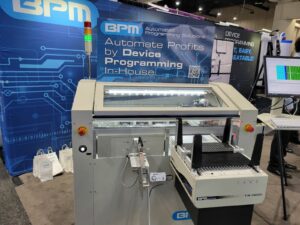 “We are thrilled to be participating in this year’s APEX Expo and to have the opportunity to showcase our innovative technology to such a large and diverse audience,” says Colin Harper, Director of Sales and Product Management for BPM Microsystems. “We would like to extend our congratulations to the team for their hard work in making this event such a success.”
“We are thrilled to be participating in this year’s APEX Expo and to have the opportunity to showcase our innovative technology to such a large and diverse audience,” says Colin Harper, Director of Sales and Product Management for BPM Microsystems. “We would like to extend our congratulations to the team for their hard work in making this event such a success.”
BPM Microsystems invites all attendees to stop by booth 1219 to see the BPM310 Automated Programming System in action and to speak with their team of experts. To schedule a personal demonstration, click here (hurry, limited availability)
For more information on BPM Microsystems and the BPM310 Automated Programming System, click here.
Global SMT Live at APEX Expo 2023






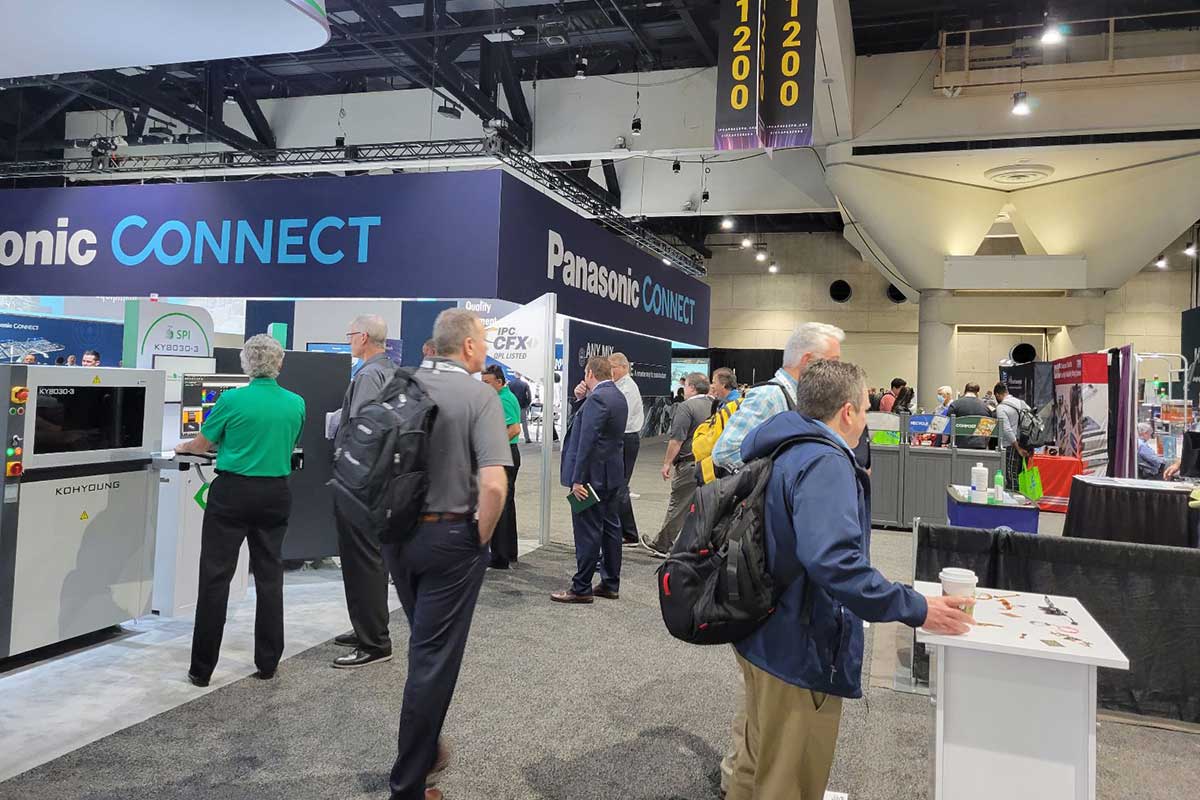
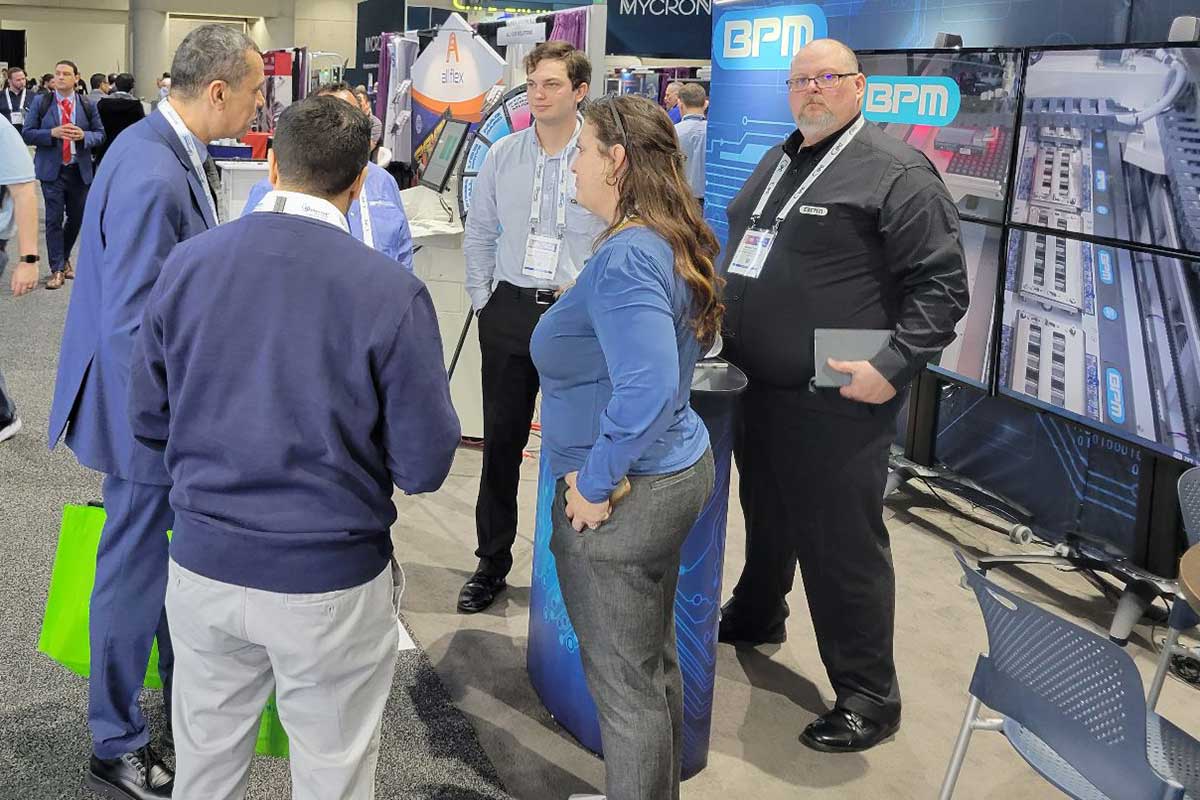
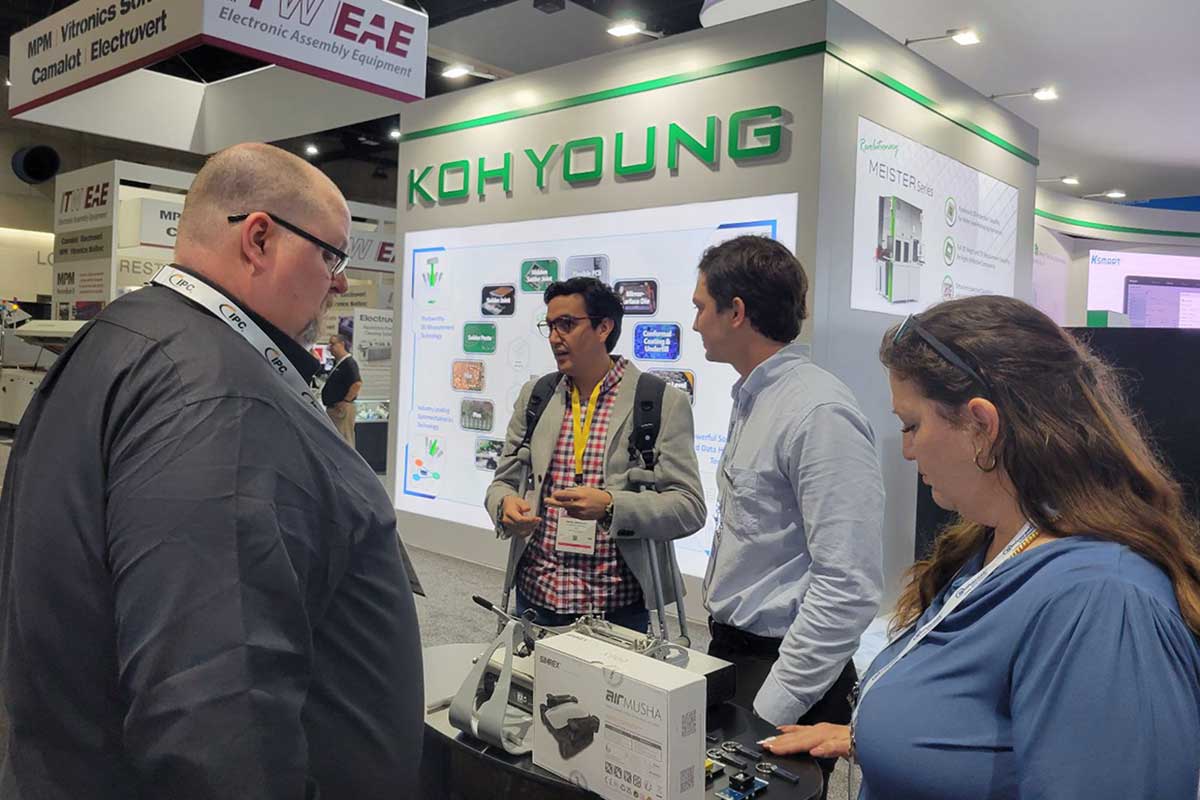



 “We are thrilled to be participating in this year’s APEX Expo and to have the opportunity to showcase our innovative technology to such a large and diverse audience,” says Colin Harper, Director of Sales and Product Management for BPM Microsystems. “We would like to extend our congratulations to the team for their hard work in making this event such a success.”
“We are thrilled to be participating in this year’s APEX Expo and to have the opportunity to showcase our innovative technology to such a large and diverse audience,” says Colin Harper, Director of Sales and Product Management for BPM Microsystems. “We would like to extend our congratulations to the team for their hard work in making this event such a success.”